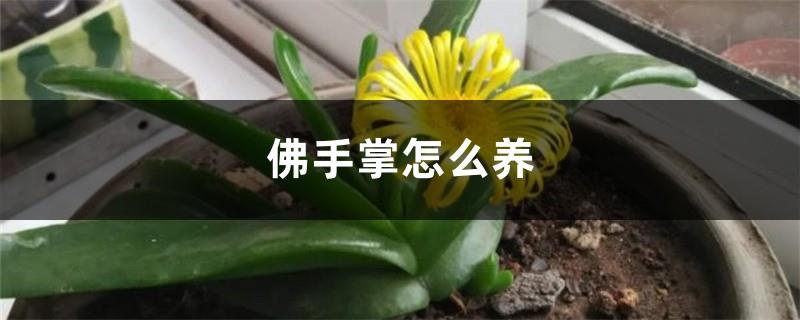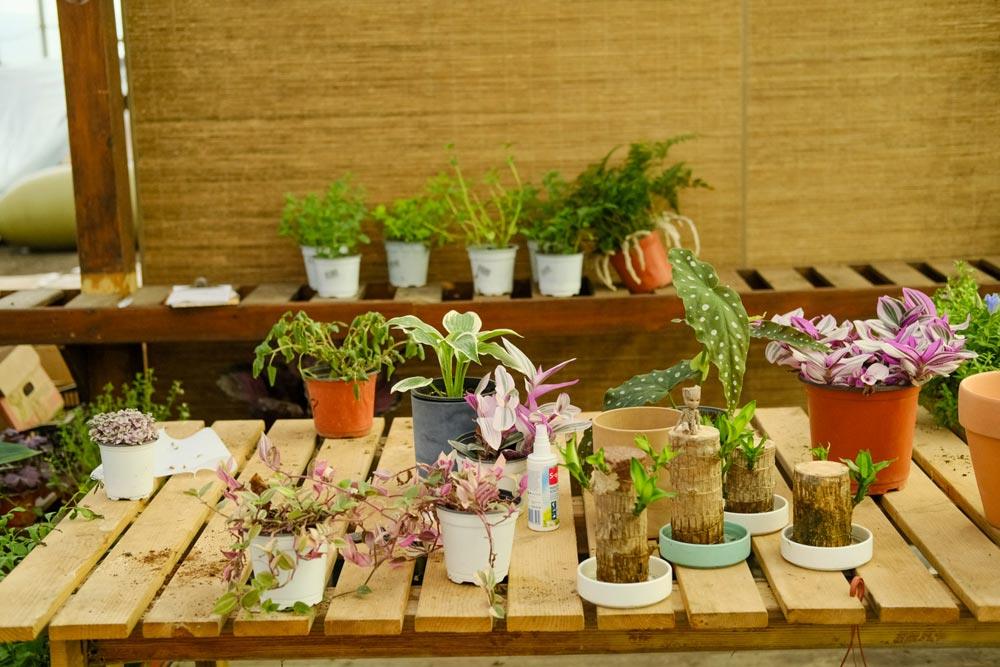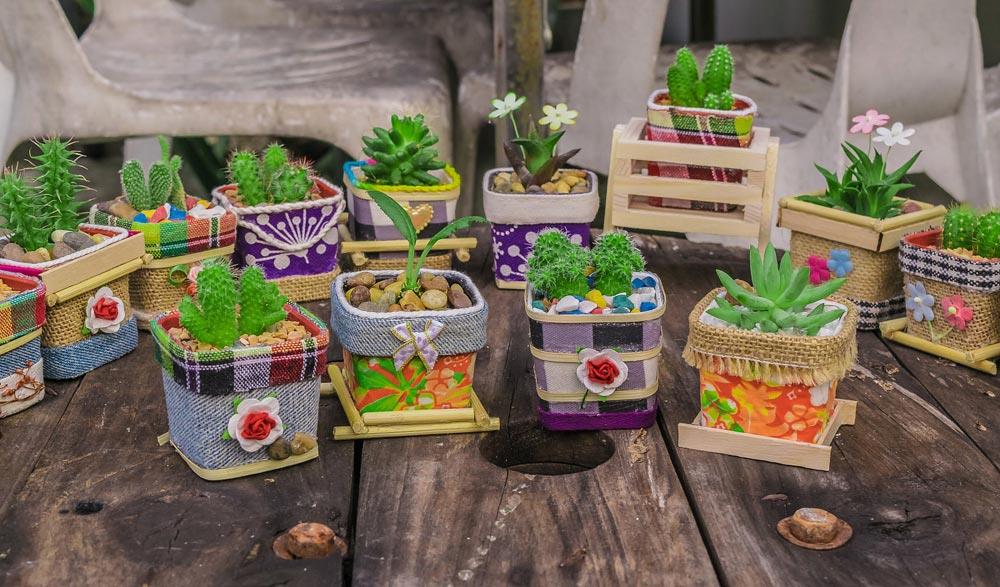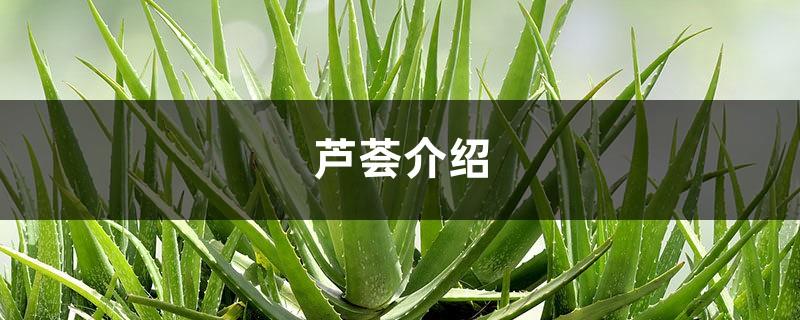How to care for Buddha palms
Last Update :2024.05.12
Article Catalog
3. Problem diagnosis and treatment
It belongs to a type of succulents. Its leaves are fleshy and about six centimeters in length. Shaped like a tongue and curled. The color is bright green with a glossy finish. Its overall shape resembles a Buddha's hand, hence its name. It is native to Africa and was later introduced to my country. It is a popular ornamental plant.

1. Maintenance methods
1. Maintenance methods
1. Temperature: Buddha palm likes warmth, and 18 to 22 degrees is most suitable for its growth. It is not resistant to intense heat, so it needs to be adjusted and cooled in hot and muggy environments. In addition, it is also intolerant of cold. In view of its habit, it is best to keep it indoors in winter, not lower than ten degrees.
2. Lighting: Buddha palm is sensitive to sunlight and does not like strong light. Half-shade is most suitable for it. Although it doesn't like strong light, it won't do without any sunlight at all. When there is strong light, it needs to be placed in a sheltered place. When the sunshine is not strong, there is no need to cover. Generally speaking, there is no need for shade from late autumn to winter.

3. Watering: It is very resistant to drought, but it Afraid of waterlogging. Therefore, you need to add an appropriate amount of water, just keep the substrate in a semi-humid state. In winter, it is also necessary to allow the substrate to dry out a little, especially when the temperature is not suitable.
4. Fertilization: Fertilizer can be applied once every two weeks. What needs to be paid attention to is the type of nutrients. Don’t just focus on nitrogen fertilizer.

2. Breeding skills
1 , Reproduction: The common one is cuttings. It is more suitable to do it in September to October. Sand can be used as the substrate, which needs to be moistened before insertion. After cutting the cuttings, wait for the wound above to dry before inserting them. After cutting, the temperature is best around 20 degrees. After a month, it will probably take root. When the new roots grow to two or three centimeters long, they can be potted.
2. Change the basin: Try to change the substrate every year, otherwise it will cause some harm after hardening. In addition to replacing with new soil, some dry leaves and roots also need to be repaired. After changing the pot, keep it away from strong light and place it in a cool place.

3. Problem diagnosis and treatment
1 Disease: One of the most common diseases is "wilt disease", which is prone to appear under high temperature and humidity conditions, and can even threaten the health of the entire plant and cause the death of the entire plant. Carbendazim can be used for prevention and control.
2. Pests: The probability of pests appearing is not very high. Spray immediately when they appear, and it is best to disinfect the substrate.

4. Other questions
1 , Toxicity: It is not poisonous, you can rest assured.
2. Whether it can be raised at home: Putting it at home has many benefits. Not only for viewing, but also for decoration, it can also purify and absorb harmful substances.
2. Breeding skills
3. Problem diagnosis and treatment
4. Other issues
- END -
The difference between plant gold diamonds and red diamonds

Leaf differences: The leaves of the plant Golden Diamond are dark green in color, ...
Introduction to aloe vera, can aloe vera be eaten?

Aloe is a perennial plant of the Aloe family and genus Aloe. It is native to the t...